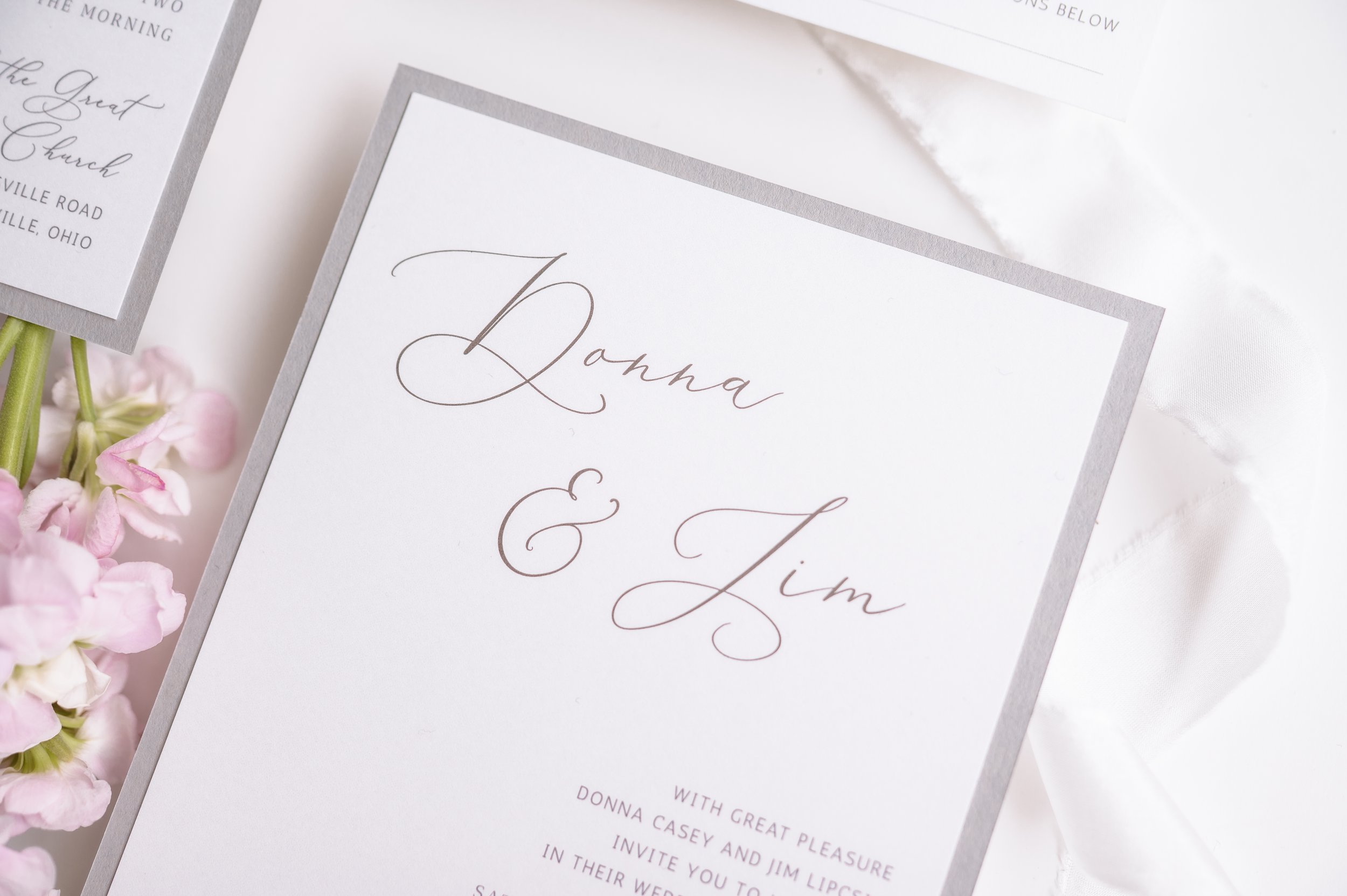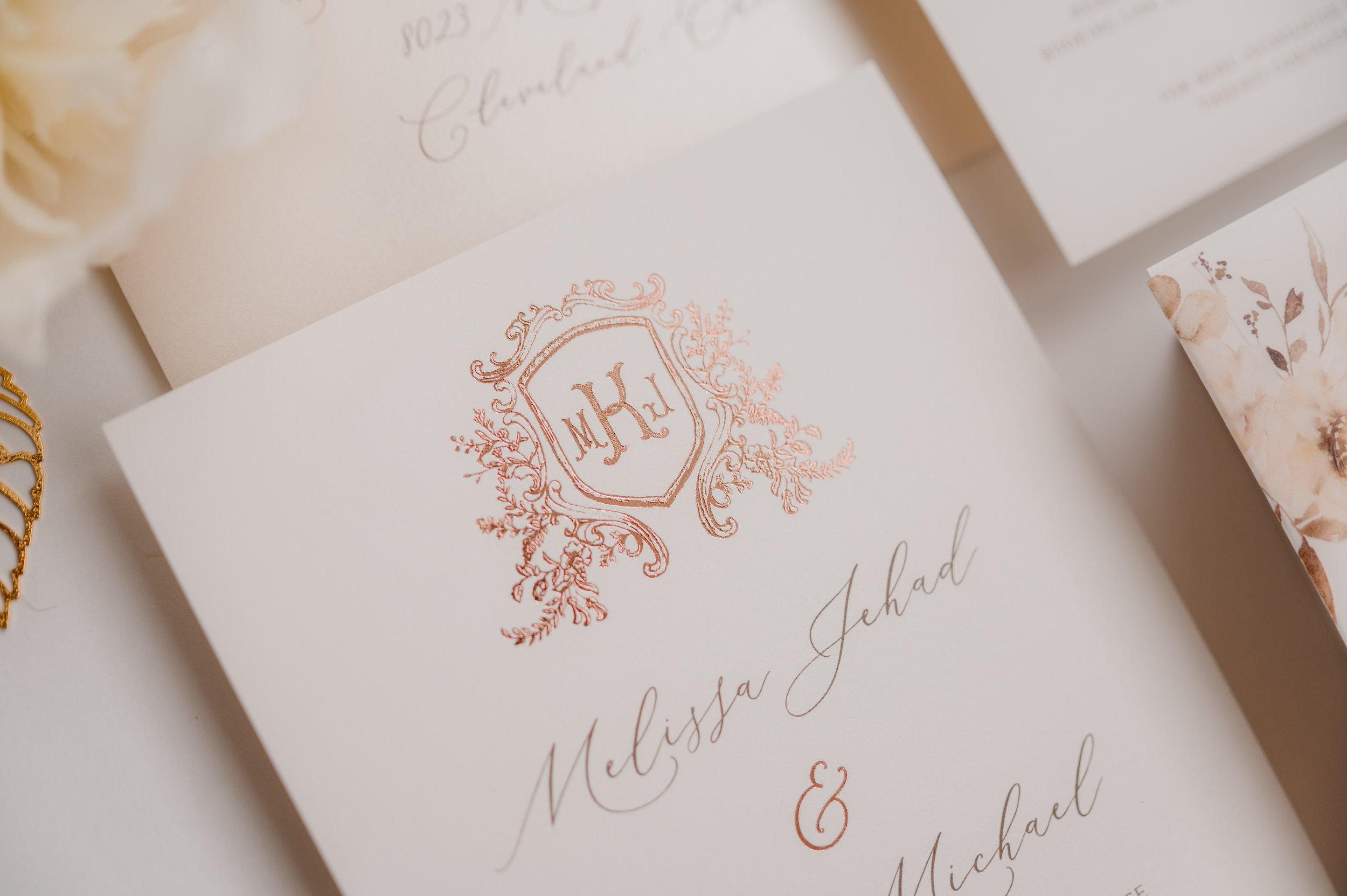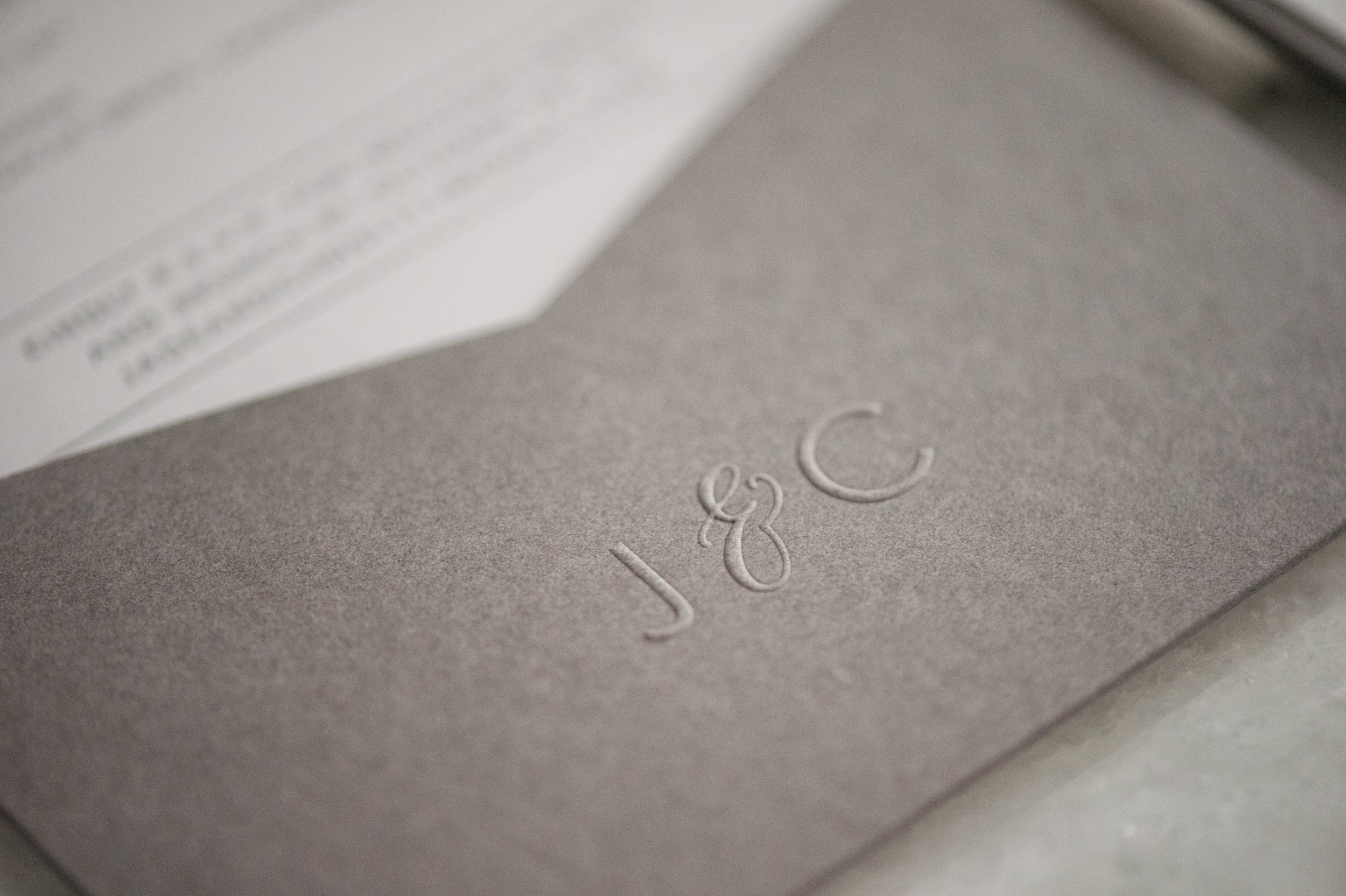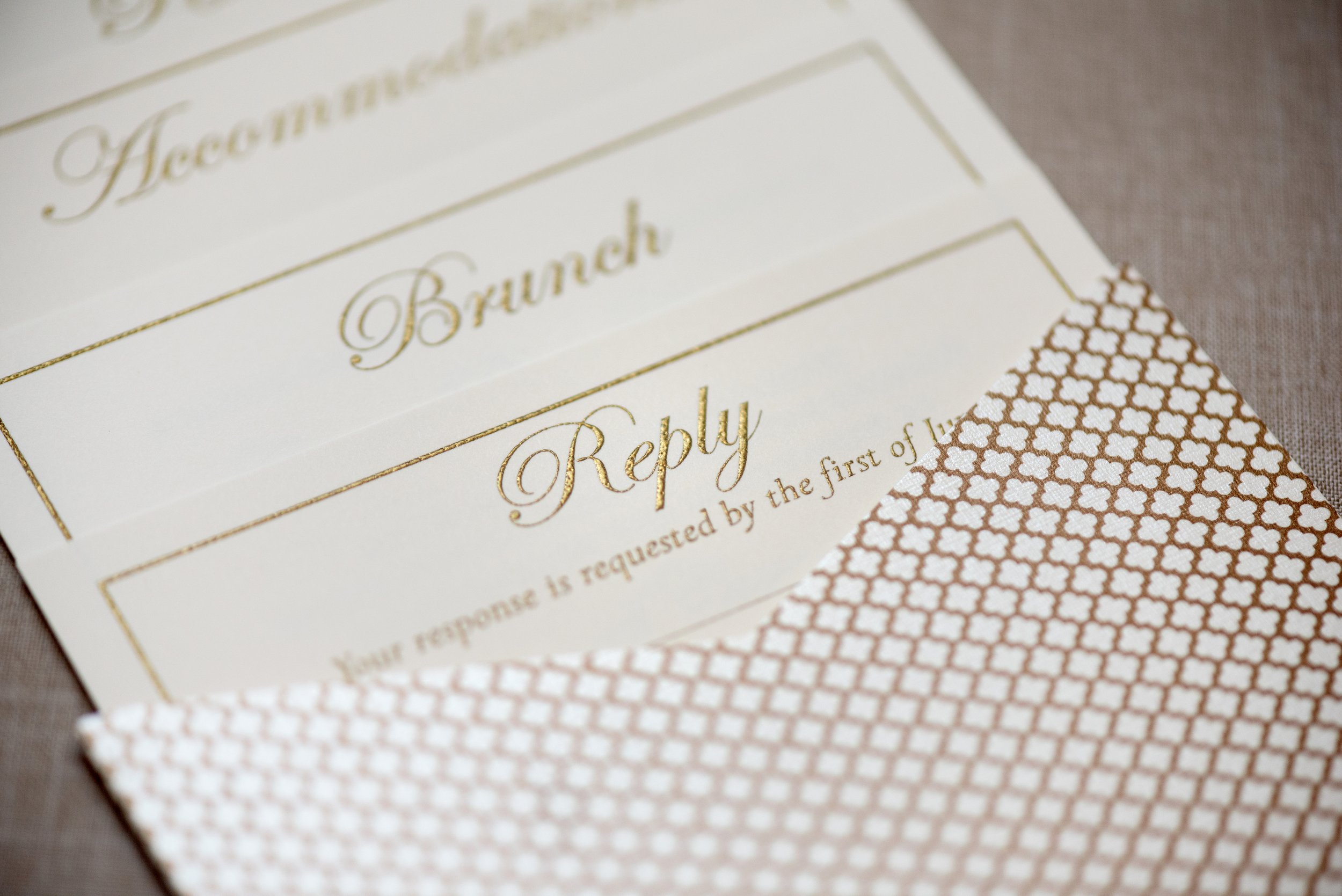Your wedding invitations are the first glimpse your guests will have into your special day, setting the tone for what's to come. With so many options available, from traditional letterpress to modern digital printing, it can be overwhelming to decide which print method is best suited for your wedding. The printing method you select can significantly impact the overall aesthetic and feel of your invitations. In this guide, we'll explore the differences between various wedding invitation print methods and provide insights to help you make the right choice.
Understanding Different Print Methods:
Digital Printing
Digital printing has revolutionized the world of wedding invitations, offering a cost-effective and versatile option. This method utilizes digital files to directly transfer the design onto paper. Digital printing allows for a wide range of color options and intricate designs, making it an ideal choice for couples seeking modern and vibrant invitations. Additionally, it's a quick and efficient process, perfect for those with tight timelines.
Letterpress
For couples with a penchant for classic elegance and tactile quality, letterpress printing is an excellent choice. This traditional printing method involves pressing inked metal plates onto paper, creating a beautifully textured and visually appealing result. Letterpress invitations often feature deep impressions and a luxurious feel, making them a timeless option for couples who appreciate craftsmanship and attention to detail.
Foil Stamping
Add a touch of opulence to your wedding invitations with foil stamping. This method involves applying a thin metallic foil to specific areas of the paper, creating a stunning, reflective effect. Foil stamping is available in various colors, including gold, silver, and rose gold, allowing couples to customize their invitations to match their color scheme. This method is perfect for those looking to make a bold and glamorous statement.
Embossing
Create a sense of dimension and sophistication with embossed wedding invitations. Embossing involves raising certain parts of the design on the paper, adding a tactile element to the invitation. This method is often combined with other printing techniques to enhance the overall visual impact. Embossed invitations are a popular choice for couples who appreciate subtlety and want to add a touch of elegance to their wedding stationery.
Thermography
Thermography is a printing technique that combines the qualities of raised printing and the cost-effectiveness of offset printing. This process involves applying a special powder to the wet ink on the paper, which is then heated, creating a raised effect. Thermography produces a result similar to engraving at a fraction of the cost. It is an excellent choice for couples seeking a refined look without breaking the bank.
Letterpress Printing
Factors to Consider When Choosing:
Budget:
Determine how much you're willing to spend on invitations and allocate your budget accordingly.
Keep in mind that certain methods, like letterpress and engraving, are more expensive due to their craftsmanship.
Personal Style:
Consider your wedding theme, colors, and overall aesthetic when choosing a print method.
Each method offers its own unique look and feel, so opt for the one that best reflects your personal style and vision.
Timeline:
Factor in the time it takes to produce each type of invitation.
Methods like letterpress and engraving require more time due to their intricate processes, so plan accordingly if you have a tight timeline.
Quantity:
Some print methods are more cost-effective for large quantities, while others may be better suited for smaller runs.
Determine how many invitations you need and choose a method that fits your quantity requirements.
Paper Quality:
The type of paper you choose can significantly impact the final look of your invitations.
Consider factors like texture, weight, and color when selecting paper for your chosen print method.
Foil Stamping
Choosing the right wedding invitation print method is a crucial decision that can enhance the overall look and feel of your special day. Whether you opt for the timeless elegance of letterpress or the modern convenience of digital printing, consider factors like budget, personal style, timeline, quantity, and paper quality to make an informed choice. By taking these factors into account, you can create invitations that perfectly capture the essence of your wedding day and leave a lasting impression on your guests.







